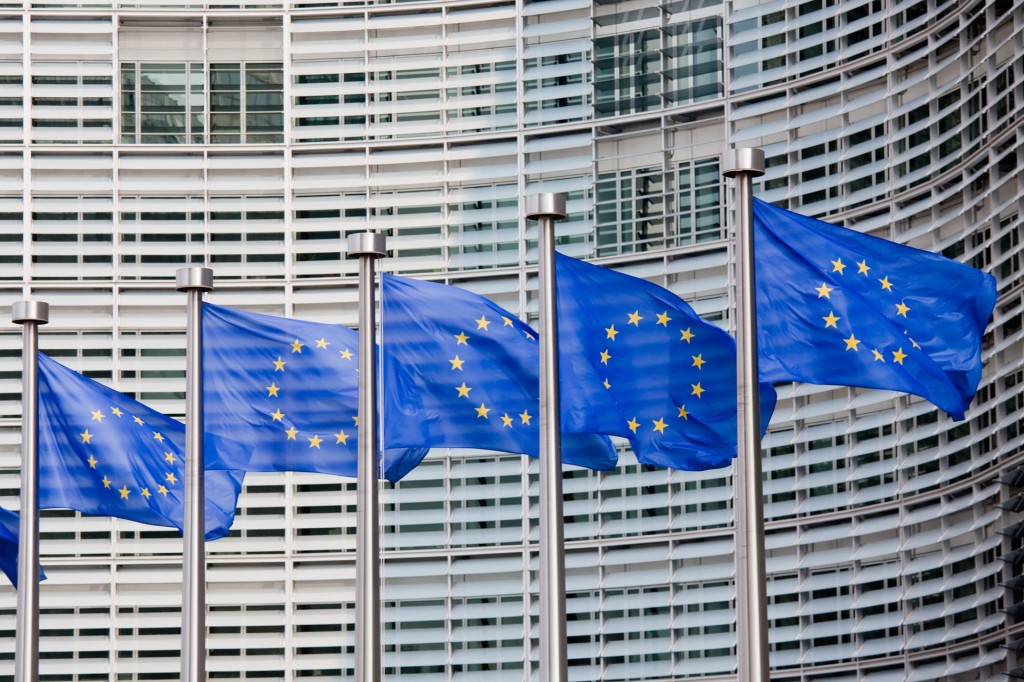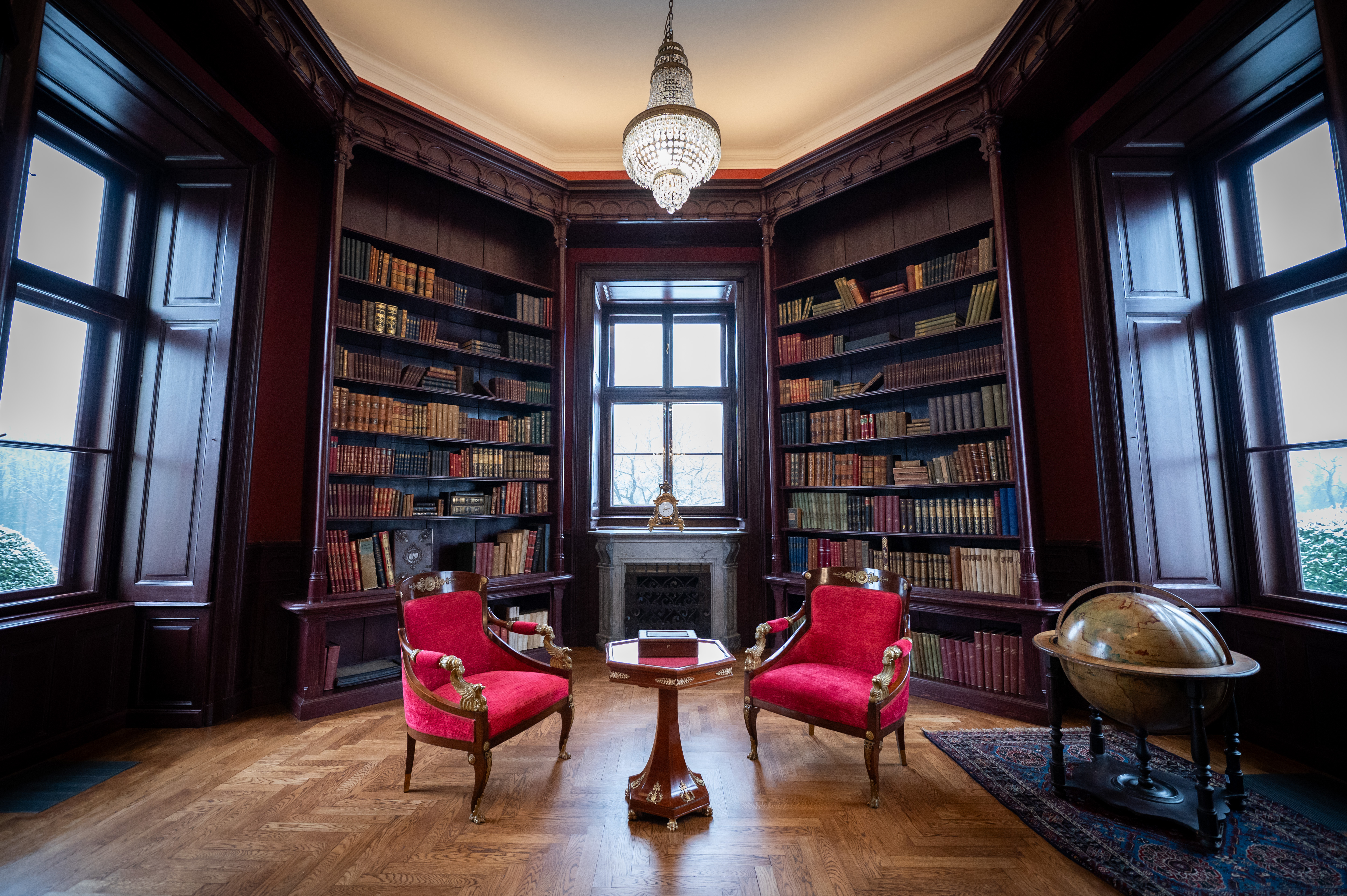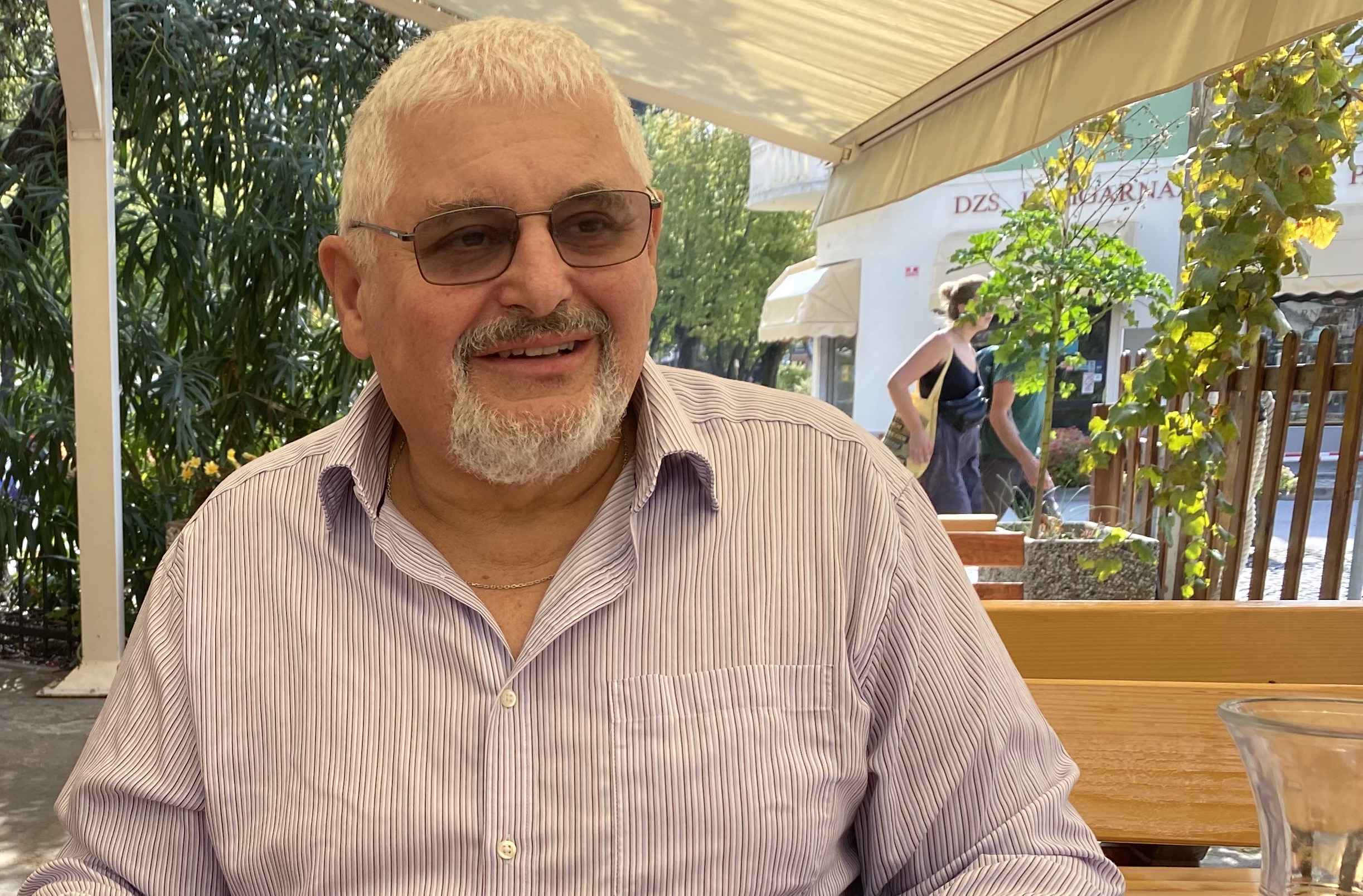Rubik’s Cube at 50: It’s a Numbers Game

Rubik’s Cube might be 50, but it is still a toy for all generations.
Photo by MadamKaye / Shutterstock.com
With around 500 million sold, Rubik’s Cube is the world’s bestselling puzzle game and toy. It’s claimed that one in seven people globally has fiddled with one at some time or other. If you’ve been in this country for longer than five minutes, you’ll know that the inventor was Hungarian Ernő Rubik.
The Cube’s 50th anniversary this year is being celebrated with a plethora of tie-ins, including, believe it or not, Barbie. There are cubes based on superheroes, a Sensory Cube, and a cube with tiles that change color when viewed from different angles called Rubik’s Impossible.
My favorite is “Rubik’s Retro,” which features a logo that wouldn’t look out of place on the storefront of a backstreet Budapest bar and nods to its origin story.
Ernő Rubik was born in Budapest in July 1944. His mother was poet Magdolna Szántó, and his father, also Ernő Rubik, an internationally respected glider engineer. After World War II, Rubik Senior’s glider and kayak factory was nationalized by the ever-rapacious Communists, but he stayed on.
Between 1958 and 1962, Rubik Jr. studied sculpture at the Secondary School of Fine and Applied Artists. He attended the Budapest University of Technology from 1962 to 1967, joining the architecture faculty. Next, he enrolled at the Hungarian Academy of Applied Arts and became a member of the faculty of interior architecture and design.
In 1974, while lecturing in architecture, Rubik invented his first cube, which he called the Magic Cube, to teach his students about three-dimensional spaces. This featured three times three rotatable rows.
From the beginning, the cube captivated most people who happened to pick it up. This, Rubik has said, is because it activates “very important skills in all of us: concentration, curiosity, playfulness, the desire for a solution. These form the basis of all creative human activity. Puzzles aren’t just for fun or to kill time. Puzzles show us how to use our own creativity.”
Logic Game
Rubik decided to patent his cube under the less-than-snappy name of the “Three-Dimensional Logic Game.” The Hungarian patent was granted in October 1976. Rubik received his first order for 5,000 cubes in 1977.
In 1979, Rubik gave Hungarian businessman Tibor Laczi permission to take a cube to the Nuremberg Toy Fair. Here, it was spotted by the U.K.-based Seven Towns toy company, whose founder, Tom Kremer, engineered a deal with the American Ideal Toy Company, inventors of the Teddy Bear, to promote the cube globally.
While it’s estimated that Ideal sold around 200 million Rubik’s Cubes worldwide between 1980 and 1983, the company was unable to prevent knockoff cubes from swamping the market. By October 1982, the New York Times claimed that the cube craze had died. Sales plummeted, although demand was still high in China and the USSR.
Despite the dire predictions, the Rubik brand continued to innovate throughout the 1980s with million-selling products like Rubik’s Snake and Magic.
The cube itself became part of pop culture in the 2000s, featuring on “The Simpsons” six times and appearing in the 2006 movie “The Pursuit of Happyness,” starring Will Smith, as well as Disney’s 2008 “Wall-E.” Rami Sbahi auditioned for “America’s Got Talent” in 2014 by solving a Rubik’s Cube at speed with his hands and feet. In 2015, Justin Bieber solved the cube on James Corden’s “Late Late Show.”
Cube art, with artists making enormous mosaics out of Cubes placed alongside each other, their faces turned to different colors, is a thing on social media. Check out Giovanni Contardi or Delphine Tran.
Back in the early ’70s, it took Ernő Rubik a month to solve his cube. The first Rubik’s Cube World Championship was held in Budapest in 1982, with the winner solving the puzzle in 22.95 seconds.
Speedcubing
Red Bull launched its Rubik’s Cube World Championship in 2018. Today, as the surprisingly gripping “The Speed Cubers” documentary currently streaming on Netflix reveals, the competitive world of “speedcubing” or “speedsolving” is thriving. Max Park, a Korean-American in his early 20s, has held the “solving” world record, a mindboggling 3.13 seconds, since June 2023.
Park is autistic. In the documentary, his parents suggest that speedcubing has helped his social development. Recognizing that the cube can be helpful for children with learning difficulties, Spin Master, the current Canadian owner of the brand, has started Rubik’s Academy to integrate learning how to solve it into the classroom.
Toy review site “The Good Play Guide,” says that Rubik’s Coach Cube, a version that promotes step-by-step learning, “promotes memory development, visual pattern recognition, muscle memory, as well as persistence.”
When Rubik’s Cube was snapped up by Spin Master in 2020, the toy colossus cited speedcubing as one of the reasons why it acquired the brand. The pandemic also gave the fortunes of Rubik’s Cube a substantial boost.
We had extra time to try and solve it; we didn’t want to feel we were wasting our days or those of our children endlessly scrolling on social media. We were using our brains as well as our fingers. Whatever the reason, Forbes reported that in 2021, sales were projected to be up by 15% to 20%. In 2022, global retail sales were USD 75.3 million.
At the time Spin Master acquired his cube, Ernő said he was confident the firm would “be able to steer the Rubik’s brand through the twists and turns and challenges of the changing toy industry.” The inventor will turn 80 this July 13.
Today, no doubt thanks in part to the Netflix documentary, Rubik’s presence in the media, social or otherwise, but primarily because of its sheer addictiveness (its inventor claims there are 43 quintillion combinations), the not-so-humble cube can probably look forward to another 50 years of twisting minds. And I’m still perversely proud to say I’ve never attempted Mr. Rubik’s Cube.
This article was first published in the Budapest Business Journal print issue of April 19, 2024.
SUPPORT THE BUDAPEST BUSINESS JOURNAL
Producing journalism that is worthy of the name is a costly business. For 27 years, the publishers, editors and reporters of the Budapest Business Journal have striven to bring you business news that works, information that you can trust, that is factual, accurate and presented without fear or favor.
Newspaper organizations across the globe have struggled to find a business model that allows them to continue to excel, without compromising their ability to perform. Most recently, some have experimented with the idea of involving their most important stakeholders, their readers.
We would like to offer that same opportunity to our readers. We would like to invite you to help us deliver the quality business journalism you require. Hit our Support the BBJ button and you can choose the how much and how often you send us your contributions.












